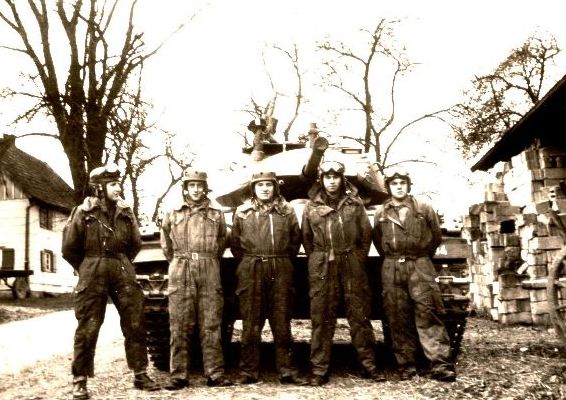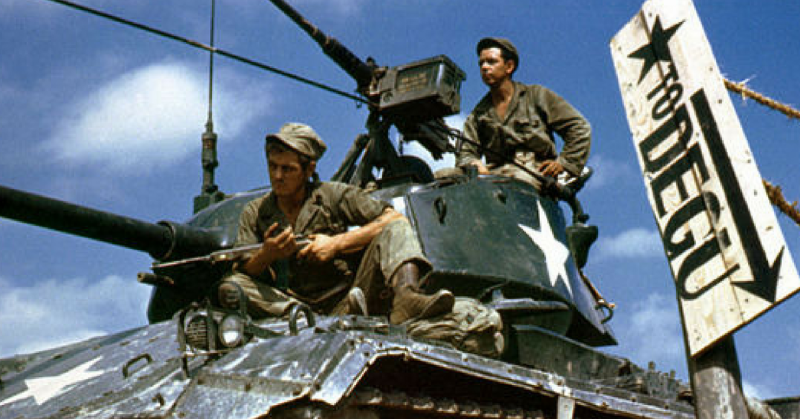The M24 Chaffee Light Tank, officially known as Light Tank, M24, was named after the U.S. Army General Adna R. Chaffee, Jr., who helped introduce the use of tanks in the U.S. Armed Forces.
It was featured in the late days of the World War II, during the post-World War II battles by the French in the Algerian War, the Korean War, and the First Indochina War before being withdrawn from U.S. and NATO military inventories in 1960.
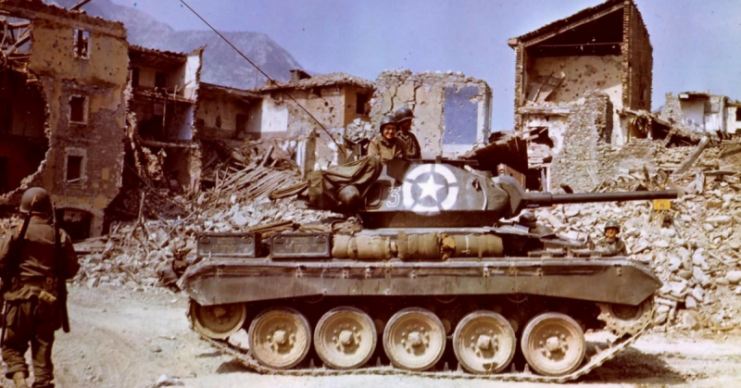
The development of the M24 Chaffee resulted from a series of shortcomings of the M3 Stuart light tank, particularly with its 37mm cannon performance, which the British experienced during combat in the North African campaign. The M3/M5 was outdated, with insufficient armor and storage space.
The replacement, which was a T7 light tank design, gained over 25 short tons. That took it out of its original classification of a light tank. Its performance was unsatisfactory due to the weight increase. Its program was halted in March 1943 in order to standardize another medium tank called the M4.
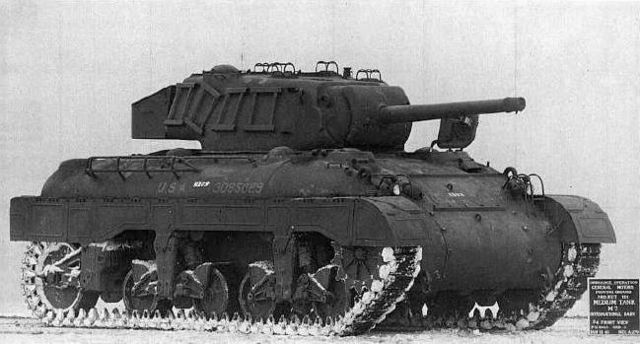
The Ordnance Committee specified that a new light tank was to have the powertrain of the M5A and be equipped with a 75 mm gun.
In April 1943, in partnership with the M5 manufacturers, Cadillac and the Ordnance Corps started to work on a project called Light Tank T24.
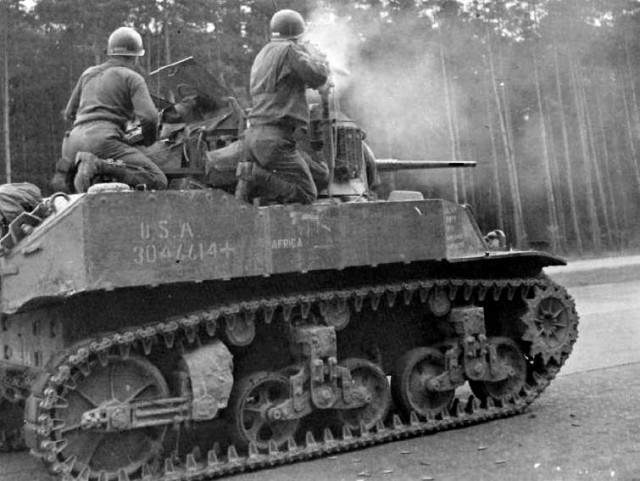
Some other features of the T7 were used along with the transmission and power plant of the M5. It had light armor and a glacis plate of nearly 1″ thick, which was also sloped to increase its effectiveness.
The first pilot vehicle was delivered on 15 October 1943. The Ordnance Department immediately raised a contract for 5,000 tanks after the design was judged a success.
The M24 Chaffee has dimensions of 9.68 feet long, and 9.09 feet high. With a combat weight of 40,140 pounds, it was propelled by a twin Cadillac 44T24 (V-8) engine, producing 220 horsepower.
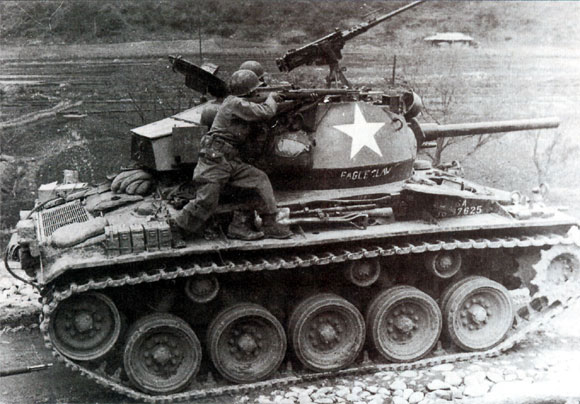
Its armament comprised a 75mm Gun M6, two .30 caliber machine guns, and one .50 caliber Browning machine gun. The M24 Chaffee’s main gun made it a tough opponent against many armored vehicles.
It had the capacity for a 5 man crew, a speed of 33.6mph, a range of 99.4 miles, and obstacle performance of nearly 3 feet.
The M24 Chaffee, which superseded the M5, went into service in 1944 and was involved in combat during the final months of 1945. The tank was used by the U.S. Army and fought in the Korean War, Vietnam War, and Algerian war, among others.
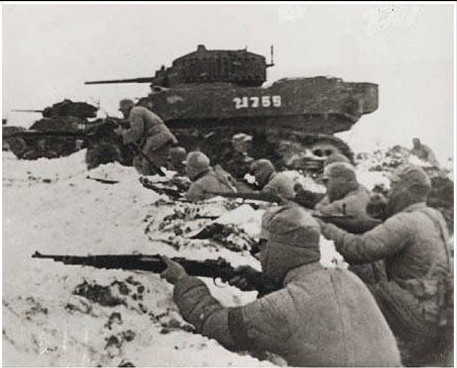
Although it was considered to be a largely successful design, it was criticized for its high speed–it could not maintain a slow speed consistent with the pace of infantry units, making it unusable in tropical conditions.
The M24 Chaffee had several variants, which included the M19 Twin 40mm Gun Motor Carriage for anti-aircraft action, the M41 which was a self-propelled howitzer, M37 105 mm Howitzer Motor Carriage, and T77 Multiple Gun Motor Carriage which had six .50 caliber machine guns. Also, foreign nations such as Norway and Chile have their own versions of the M24 Chaffee.
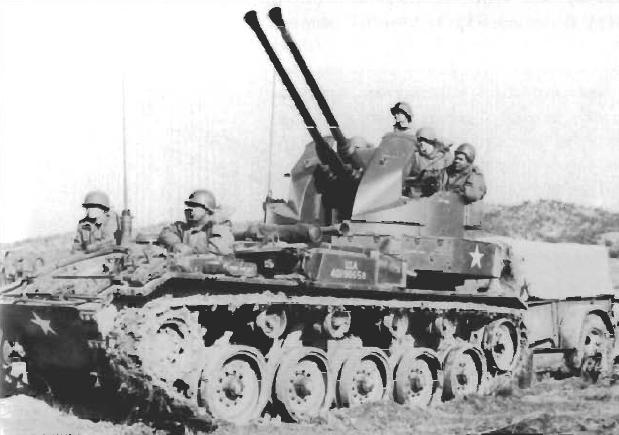
The M24 Chaffee was supplied to numerous armies around the world and was used in internal conflicts for years after it had been decommissioned in the United States. A large number of Third World countries still use M24 Chaffee tanks today.

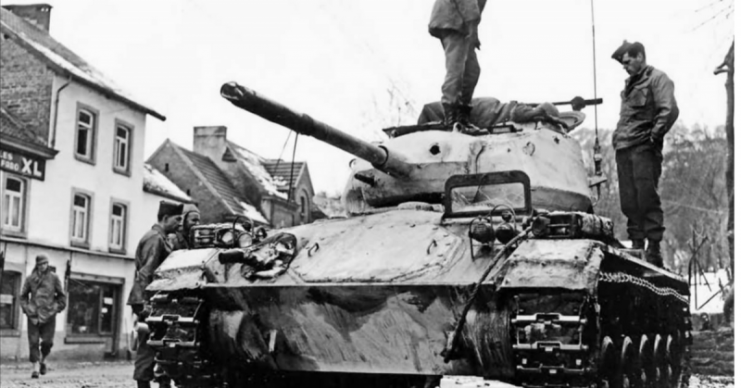
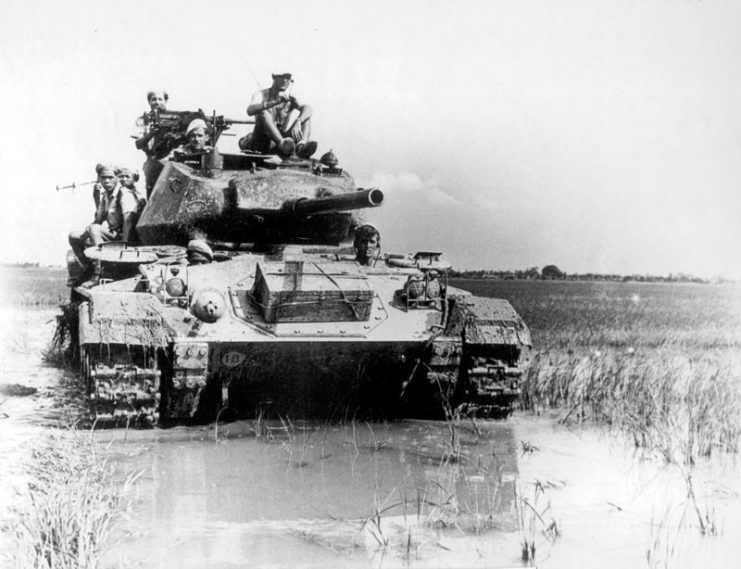
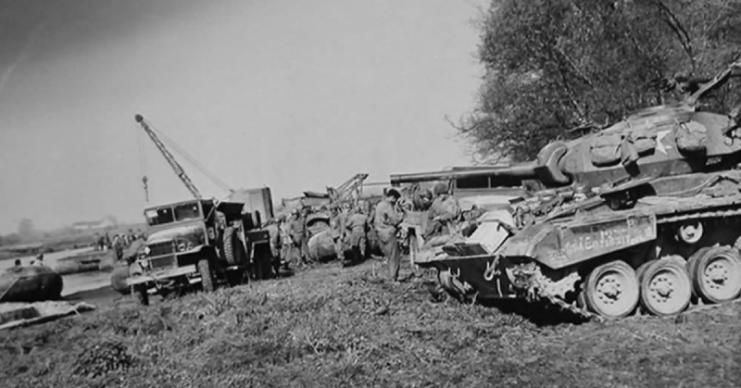
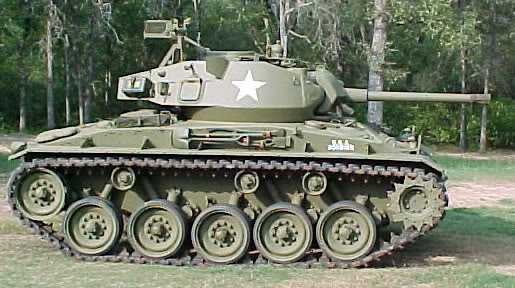
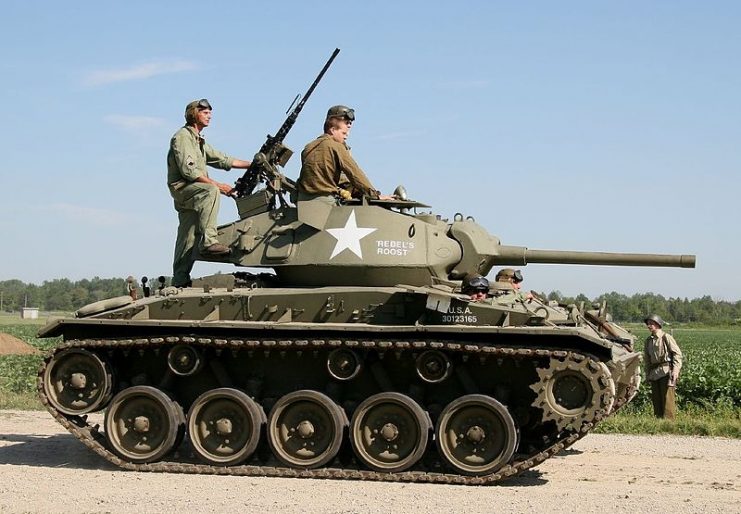
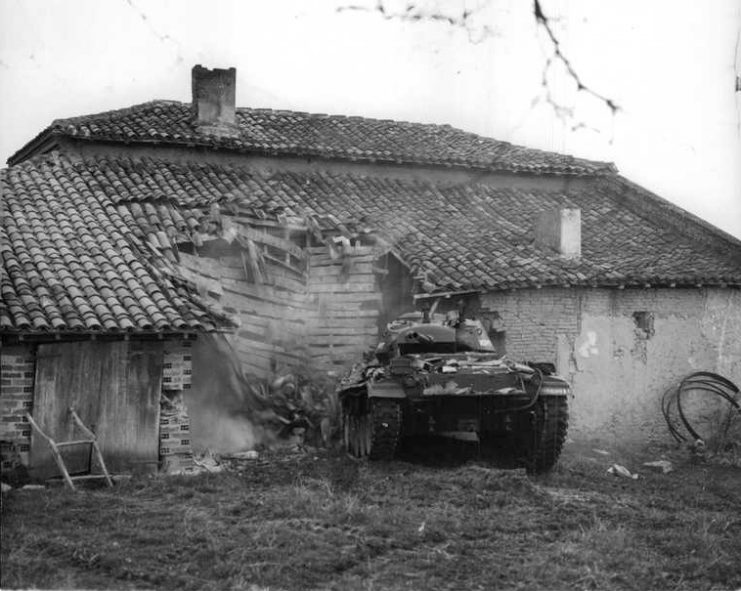
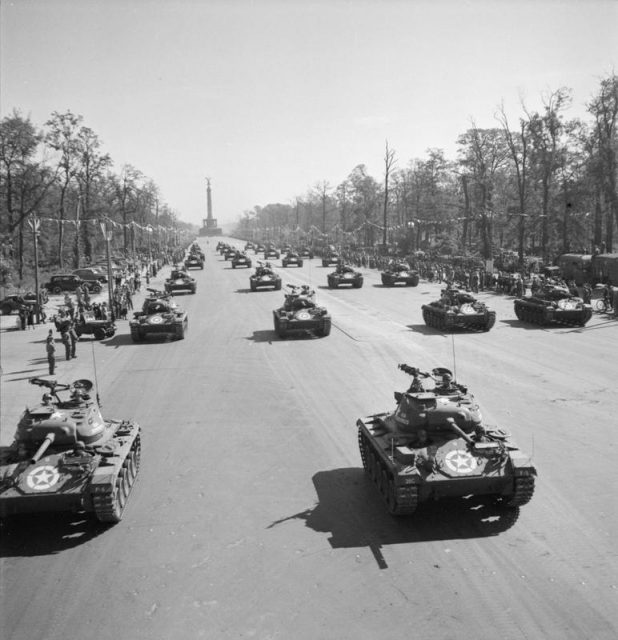
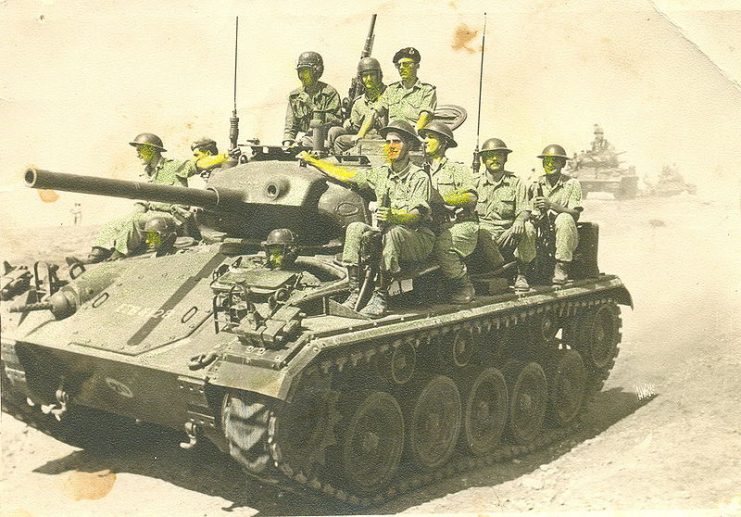
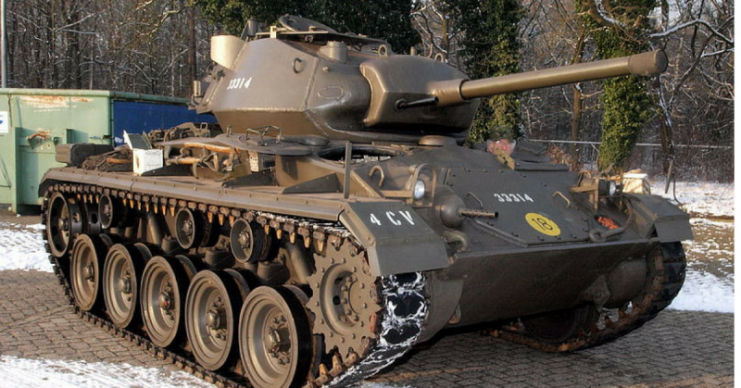
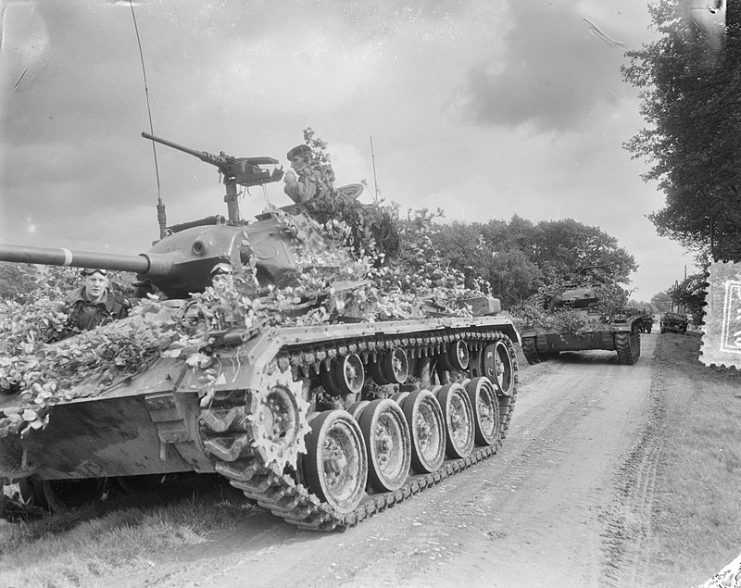
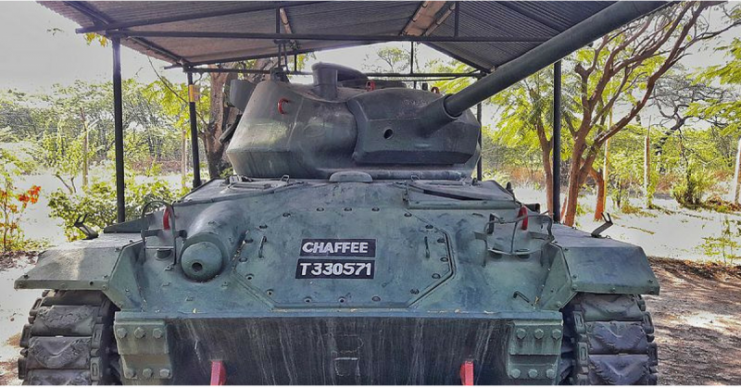
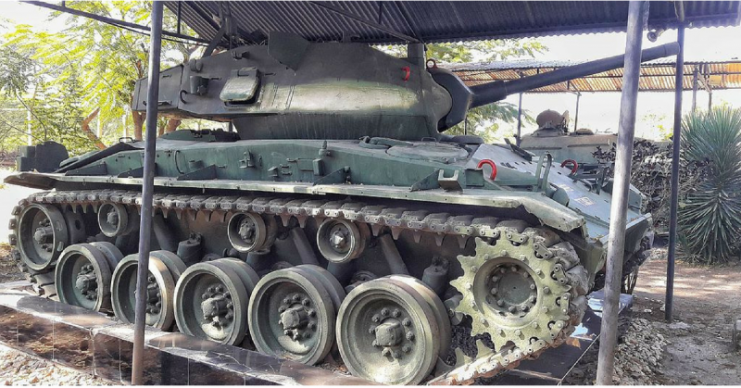
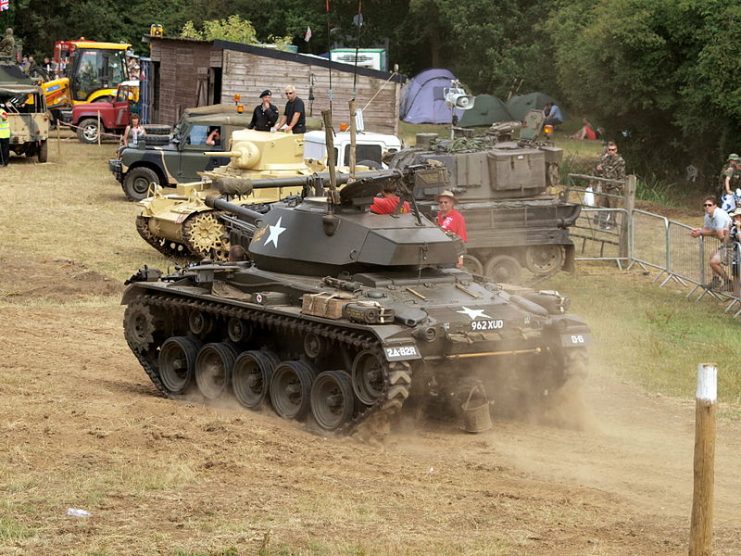
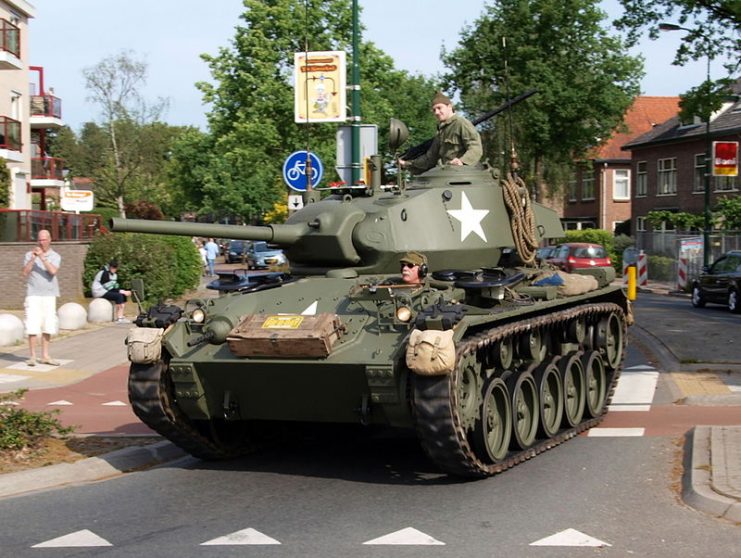
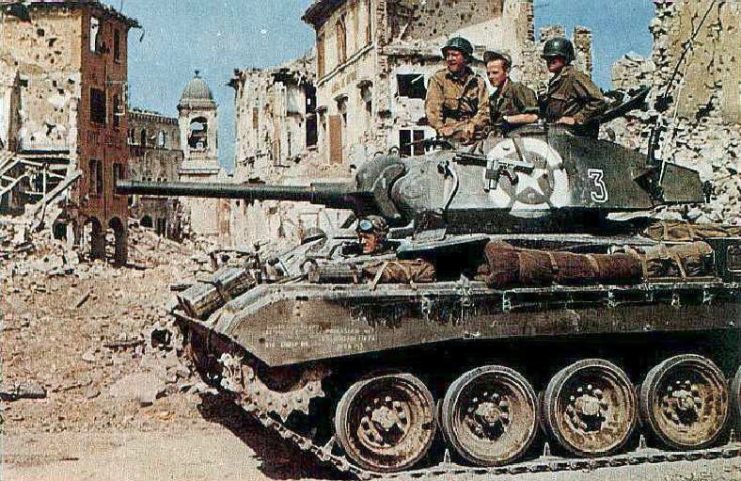
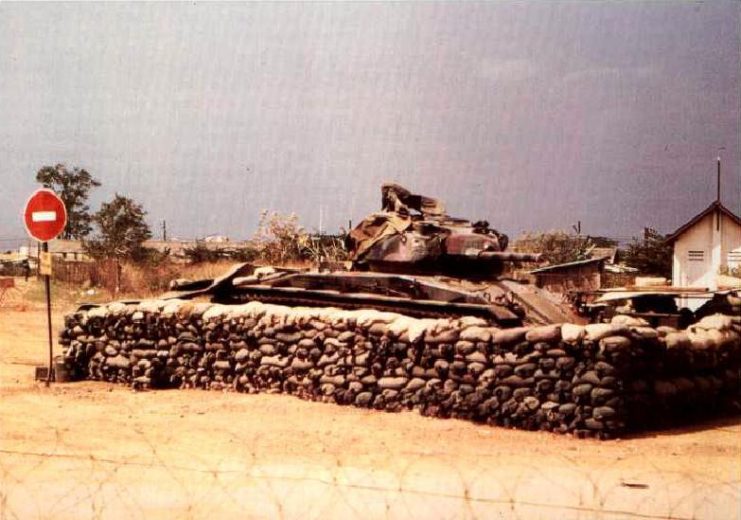
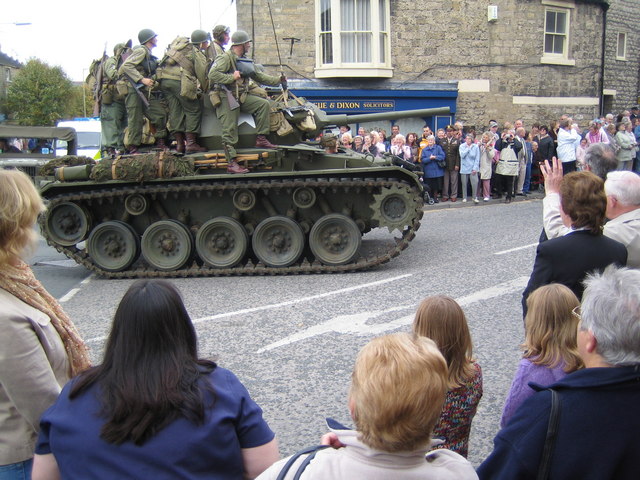
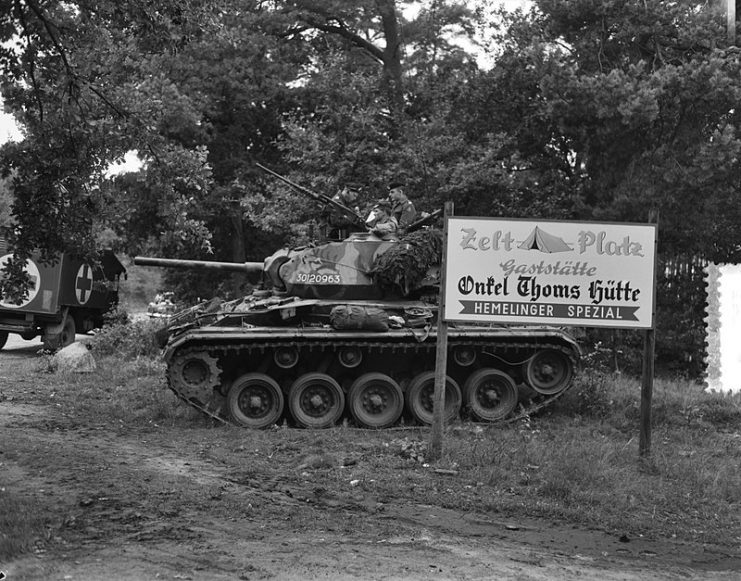
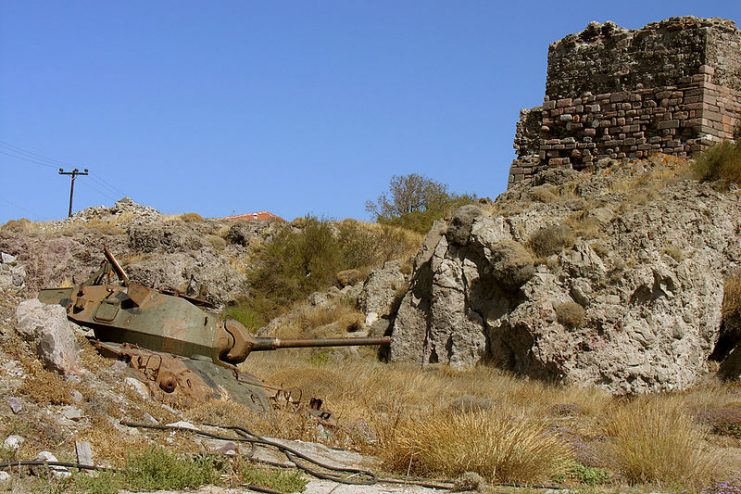
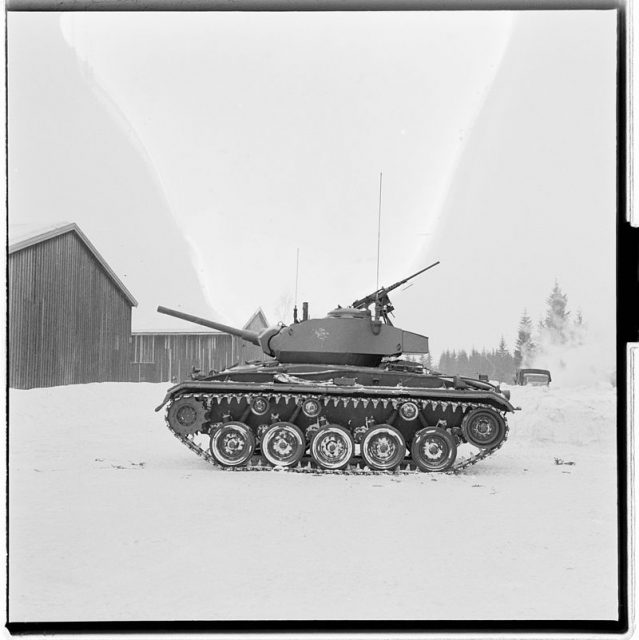
Read another story from us: Top Facts About The Sherman Tank: An American Workhorse
